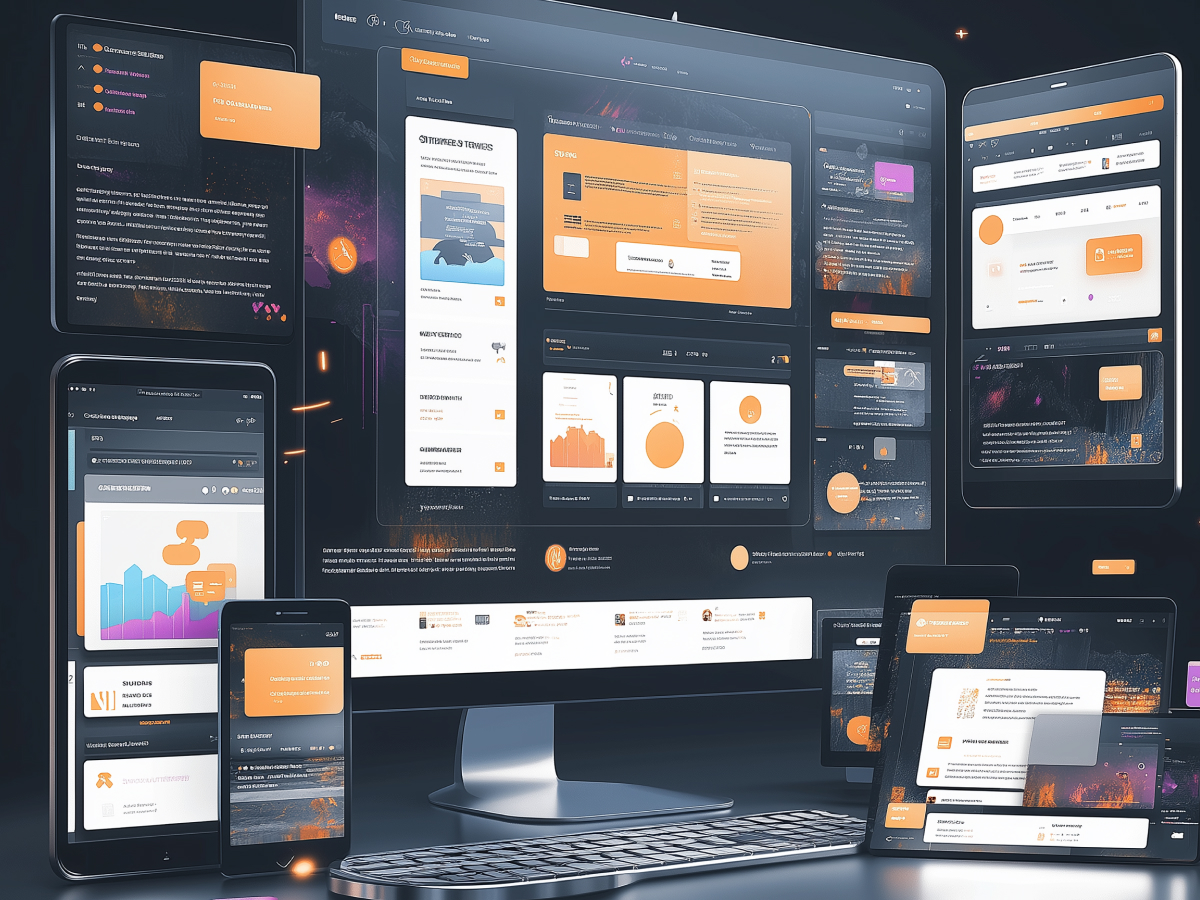The shift towards SaaS consolidation
Companies are drowning in software. Over the past decade, businesses eagerly adopted every SaaS tool that promised efficiency, scalability, or cost reduction. The result? A fragmented mess of overlapping software, siloed data, and ballooning costs. The shift happening now is rethinking how businesses leverage technology at a fundamental level.
Instead of managing a dozen different tools, each with its own login, pricing model, and integration headaches, businesses are opting for consolidated platforms. A single, well-integrated system beats a scattered collection of specialized apps every time. It simplifies operations, reduces unnecessary spending, and—most importantly—makes data work for the company, not against it. If your tech stack feels like a never-ending game of software Jenga, it’s time to rethink the approach.
The numbers tell the story. While new SaaS purchases dropped from 20% in Q4 2023 to just 8% in Q1 2024, total SaaS spending still grew by 8% in the same period. Businesses aren’t abandoning SaaS, they’re investing more in fewer, high-impact solutions. Consolidation is a strategic shift toward smarter, more integrated tech.
Changing SaaS market dynamics and integration needs
The old playbook—buy first, figure out integration later—is dead. Companies now prioritize how well a tool fits within their existing ecosystem before making a purchase. This shift is driven by one of the biggest headaches in modern business: data silos. When critical information is trapped in isolated systems, productivity takes a hit, decisions slow down, and companies lose their competitive edge.
The new SaaS strategy is about optimization over expansion. Businesses are asking a simple but crucial question: Does this tool make my other tools better? If the answer isn’t a clear yes, it’s not worth the investment. Companies need solutions that seamlessly connect, share data, and deliver measurable business outcomes—not only another login on an overcrowded dashboard.
For SaaS providers, this changes everything. Selling a standalone tool isn’t enough anymore. Customers expect seamless interoperability with their existing stack. If your product doesn’t integrate effortlessly, it’s at risk of being replaced. The winners in this market are those who make it easy for businesses to unify their technology without adding complexity.
The competitive imperative for SaaS providers
Competition in SaaS is brutal. With over 2,100 SaaS companies in the UK alone, differentiation is no longer about features—it’s strategy. Businesses don’t want another niche tool. They want a platform that makes their entire tech stack more valuable.
This is why all-in-one solutions are winning. The companies gaining ground aren’t the ones selling single-function software. They’re the ones building integrated, end-to-end platforms that replace multiple standalone tools. The shift toward consolidation is clear: businesses are tired of managing countless disconnected apps. The value proposition now is simple—be the one platform that simplifies it all.
How do SaaS providers stay essential? The answer lies in two things—integration and ecosystem thinking. A successful SaaS product in 2024 needs to plug into other tools effortlessly, making its value compound over time. Instead of selling a tool, sell a network effect—the more your customers use your platform, the more valuable their entire stack becomes.
“In a market where consolidation is the future, SaaS providers need to make a choice: become indispensable through integration, or risk becoming obsolete. The companies that get this right will define the next era of software. The rest will be consolidated into history.”
User experience as a key differentiator
Businesses are consolidating their tech stacks to cut costs and to make their systems more intuitive, seamless, and intelligent. The real challenge is designing them in a way that eliminates friction.
The old model forced users to juggle multiple apps, constantly switching between dashboards, tabs, and interfaces. That’s inefficient. A truly integrated platform is a system that understands how people work and optimizes itself accordingly. The goal being zero friction between workflows.
Advanced analytics and AI are making user experiences more predictive and personalized. Instead of requiring users to search for information, a well-designed system anticipates their needs. Imagine a dashboard that automatically surfaces the most relevant data based on past usage. Or an intelligent workflow that suggests the next step based on the user’s behavior. That’s the future of SaaS UX, and the companies that figure this out will dominate the market.
Personalization is the foundation of customer loyalty. When a SaaS platform adapts to an individual’s needs and work habits, it stops being a tool and becomes a key part of their workflow. The companies that build cohesive, user-friendly experiences—where software just works, without constant configuration—will win long-term.
The rise of SaaS super-apps and market consolidation
The era of standalone SaaS products is fading. The future belongs to super-apps—large-scale, multi-function platforms that handle a business’s core needs in one place. Instead of buying five different SaaS tools for CRM, analytics, marketing automation, customer support, and invoicing, companies want one ecosystem that does it all.
The way forward? Mergers and acquisitions (M&As). Expect to see big players acquiring smaller, niche SaaS companies to expand their capabilities. The most valuable SaaS companies are those that offer a broad feature set while maintaining simplicity and ease of use.
For smaller SaaS providers, this means a crossroads:
- Specialize and integrate – Become the best at one thing but make sure your platform plugs into larger ecosystems effortlessly. If you’re not going to be a super-app, make sure you’re a must-have component of one.
- Get acquired – The reality is, many smaller SaaS companies won’t be able to compete long-term. The best path might be to align with a larger player and bring your unique capabilities into a broader platform.
Either way, standing still isn’t an option. Companies that fail to adapt to this shift will be absorbed or left behind. The winners will either consolidate their own offerings or become a vital part of someone else’s ecosystem.
Final thoughts on the future of SaaS
So, where is all of this leading? The SaaS industry is entering a new phase, where success is built on delivering real, measurable business value.
The companies that will thrive in the next decade are those that focus on three things:
- Integration: Your software should enhance the entire tech stack of your customers.
- Innovation: Businesses don’t want more features. They want smarter tools that evolve, adapt, and anticipate their needs.
- Outcomes: SaaS success isn’t defined by adoption, but rather in proving ROI—how does your platform increase productivity, reduce costs, or drive revenue?
The future of SaaS is in creating the most value. If your platform makes businesses simpler, smarter, and more profitable, you’re on the right path. If not? You’re just another app waiting to be consolidated.





